Increase Your Organic Search Visibility: SEO Strategy for Beginners
Think about the last time you did a Google search. How many pages did you scroll through before clicking on a link? Did you even make it past the first page? You probably clicked on one of the first results because of numerous factors.
Around 99 percent of Google users only view the first page of search results, and over a quarter click on the first result.
We all want more business, more returns on investments (ROI), and more customers, but we don’t always want to rely on paid targeted advertising. One of the most influential parts of successful organic digital marketing is a thorough search engine optimization (SEO) strategy. You don’t have to be a marketing wizard to know that SEO is essential to attract new business.
In this blog, we’ll go over some key areas of the three main types of SEO, including:
- On-page SEO, such as pillar pages, keywords, and internal linking
- Off-page SEO, such as backlinking and guest blogging
- Technical SEO, such as mobile optimization and using sitemaps
What is SEO?
SEO, short for search engine optimization, is the practice of editing content on or enhancing aspects of your website to help search engines, like Google, Yahoo, and Bing, examine your site and include it on search engine results pages (SERPs). It’s all about getting more traffic to your website and increasing time spent on pages, lead generation, conversions, and overall brand awareness.
How does SEO work? 3 Stages
To better understand how SEO works, let’s dive into its three essential responsibilities when it comes to working for your online content: discovery, relevance, and authority. In search engine terms, this path refers to the crawling, indexing, and ranking of web pages.
Discovery (Crawling)
For a webpage to perform and bring in direct traffic that you wish to convert into leads and customers, it needs to be found. The discovery, or crawling, stage of the SEO process is where search engine crawlers, essentially internet bots, will analyze each visible part of your website.
Relevance (Indexing)
During the crawling stage, the bot will take note of keywords or keyword phrases that match certain search queries, and it’ll determine how relevant your content is to these search requests by internet users. This is the stage where your content will be labeled as either helpful or not so much for query requests.
Authority (Ranking)
Think of this stage as that yearbook page that showed all the people who were voted “the most likely to…” In SEO, you want to be considered the most likely to rank highly in search results on engines like Google, the most popular search engine by far, with nearly six million searches every minute.
These three steps are repeated every time you post a piece of content that is indexable.
What we all need to remember is that SEO is constantly evolving, and we can’t ever be content for too long. Adjustments are always necessary.
The 3 Main Types of SEO
When it comes to SEO, there are three main categories: on-page, off-page, and technical. On-page SEO is what you do within your website, such as content creation and design. Off-page SEO could be anything from posting on outside forums to guest blogging. Technical SEO is more focused on the development and coding of your site.
Fundamentals of Successful SEO
Don’t know where to begin? We’ve put together a thorough list for you to help better understand the essential parts of enhancing SEO, boosting brand recognition, and improving ROI.
1. Topic & Keyword Clustering
For people to find your content, you need to rank for relevance, which means you need to know what your prospective customers are searching for and create content that accommodates all stages of the inbound marketing flywheel, which focuses on attracting, engaging, and delighting your customers. What does topic and keyword clustering look like? First, you need to establish a keyword bank.
How to Find Your Target Keywords
Keywords are essential to SEO, and they’re probably one of the most important aspects. Therefore, you need to have a bank of keywords and keyword phrases for your website and every piece of content you create to ensure a higher ranking and SERP authority.
Here are some questions you’ll need to answer when conducting your keyword research:
- What do I want my business to be known for?
- Who am I targeting?
- What do I want my audience to do when they click on my site?
- Where do my competitors rank in these keywords?
- How will I measure my progress?
Once you’ve answered all of these questions, you’ll want to seek the help of a keyword research tool, such as Semrush. Semrush is a great program to search for top keywords with a high search volume, to look at where your competitors rank in keyword optimization, and it even helps you find where your website is being linked, allowing you to build your brand presence and strengthen your backlink profile. We’ll get into backlinks shortly.
Among other things, Semrush is a terrific tool for SEO and keyword research, and that’s why we use it so much. Give their keyword magic tool a try for yourself! But always remember, no keyword stuffing. Using too many keywords can look spammy and actually hurt your SERP rankings.
Once you’ve defined the purpose of your content and have done your keyword research through a tool like Semrush, it’s time to develop a content strategy around these keywords by developing topic clusters and pillar pages to help with brand awareness and authority.
Topic Clusters & Pillar Pages
Topic clusters are, in essence, a group of topics or subtopics that are connected to a broader topic and complement that larger piece of content that usually lives on a pillar page. A pillar page is the main page that these topic clusters stem from.
Still unsure where to start in your keyword research, topic/keyword clustering, and how to
work with pillar pages? It starts with strategy, and we know a thing or two about strategies that elevate brands. Learn more about our expertise in marketing strategy.
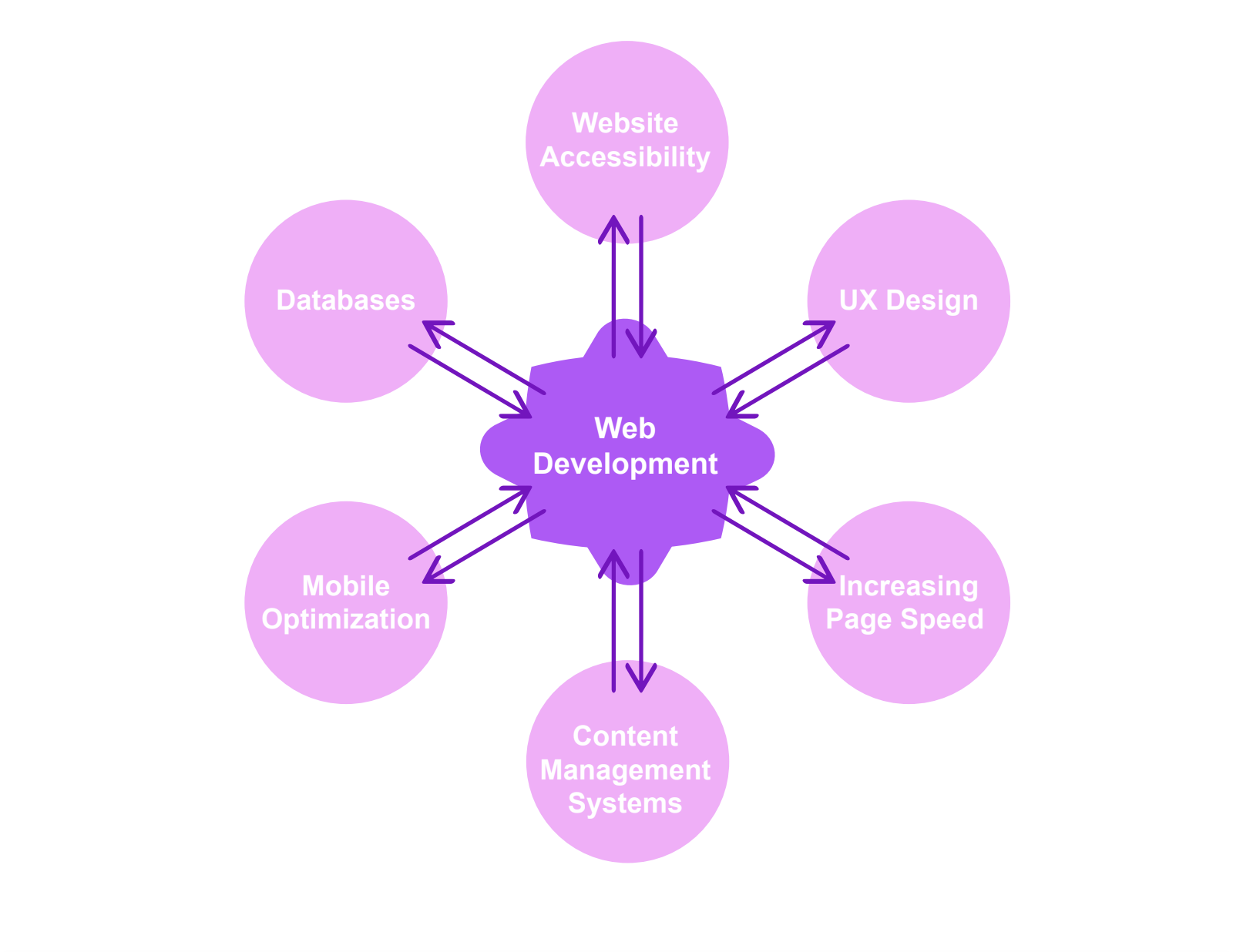
2. Identify Competitors
One of the first things you want to do when doing your keyword research is digging into your competitors and where they rank in terms of site authority. You want to know what keywords they’re using and identify content gaps within your own strategy. You should be looking at both direct and indirect competitors.
Your direct competitors will be more significant when trying to get higher up in search engine rankings, but don’t overlook your indirect competitors. These competitors have some form of relevance to you but won’t necessarily be your first target. There are tons of tools that offer competitive research functionality, but one of our favorites is Semrush. You can easily search your competitor by their URL and see what they’re ranking for and where they rank.

3. Backlinking
No one likes looking at a long URL with 20 characters. This is why we hyperlink text in content so it’s easier on the eyes and more user-friendly. When you use hyperlinks in content such as blogs or white papers that direct the reader to an external source or another piece of industry content, that’s known as backlinking or inbound linking. In this case, you’re directing people to an outside source and giving that source a platform. They’ll get referral traffic, or direct traffic, from this and maybe even some leads or conversions.
Your goal with backlinks is to generate them from that source, or other reputable sources. When authoritative sources link to your website or a page of content on your site, that builds more brand awareness, credibility, and authority for you. In short, backlinks are a great way to generate organic web traffic; they just may take a little more time to build up because you’re not necessarily in control of who is linking to your site.

4. Internal Linking
Just as you want reputable sources to link back to your website, you want to include internal links to your own content as well. Including internal links throughout your website that link to other portions of your site encourages web visitors to click through and read more of your content. It can improve engagement metrics, which is always nice to see.
Internal linking with descriptive anchor text also helps web crawlers find all pages of your website and index them. It also helps with site architecture, making it easier for users to navigate your website and establishing equity for smaller subpages to rank better for key terms because you’re calling them out in your content.
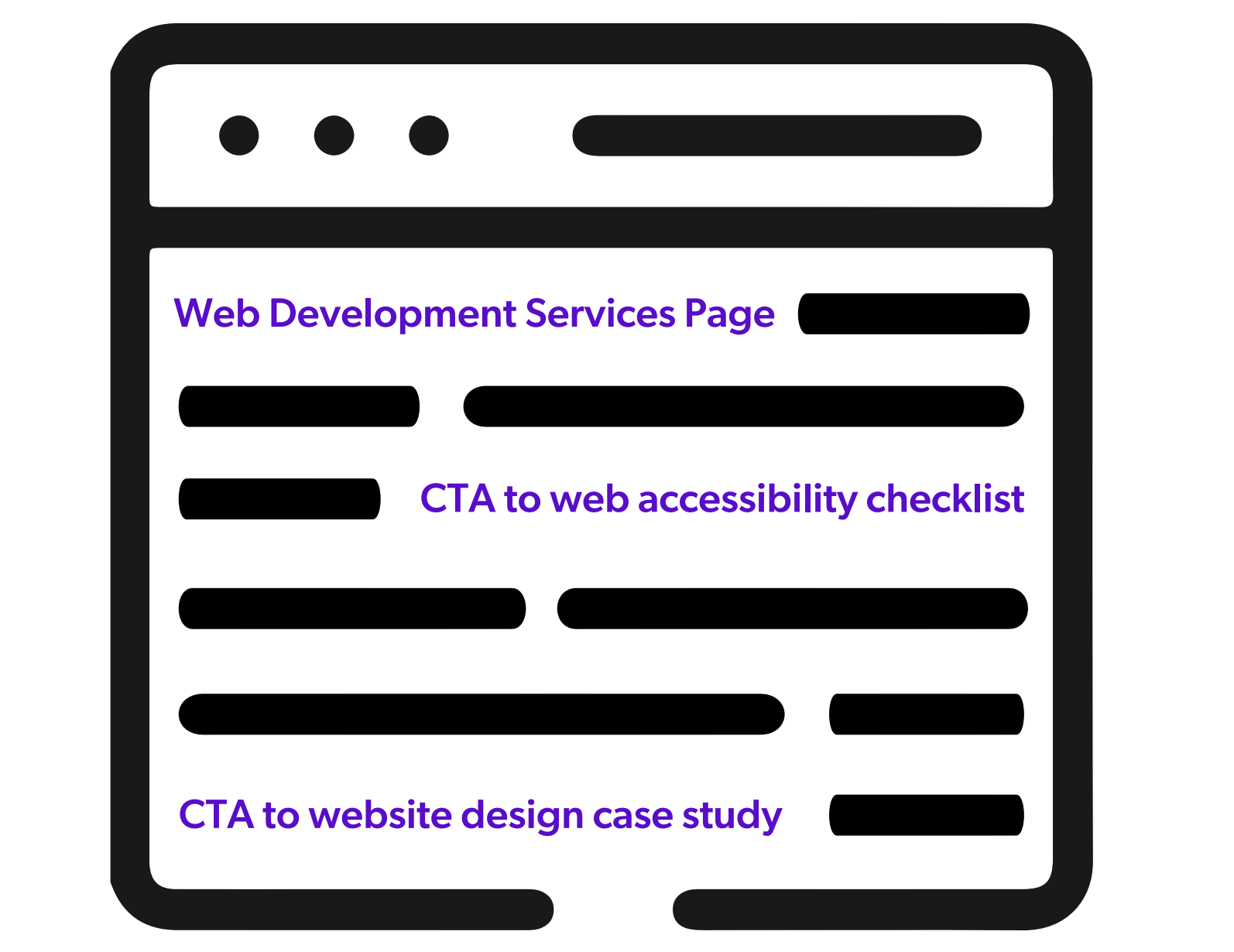
5. Alt Tags
Alt tags, also known as alt text and alt descriptions, are written pieces of copy that appear in place of an image or video on a webpage if it fails to load. It’s an attribute that tells people what is supposed to appear when the creative fails to display properly.
Along with being essential for web accessibility, alt tags play an important role in SEO because the copy you are using helps search engines determine the understanding behind the image and rank for relevancy on SERPs like Google Images.
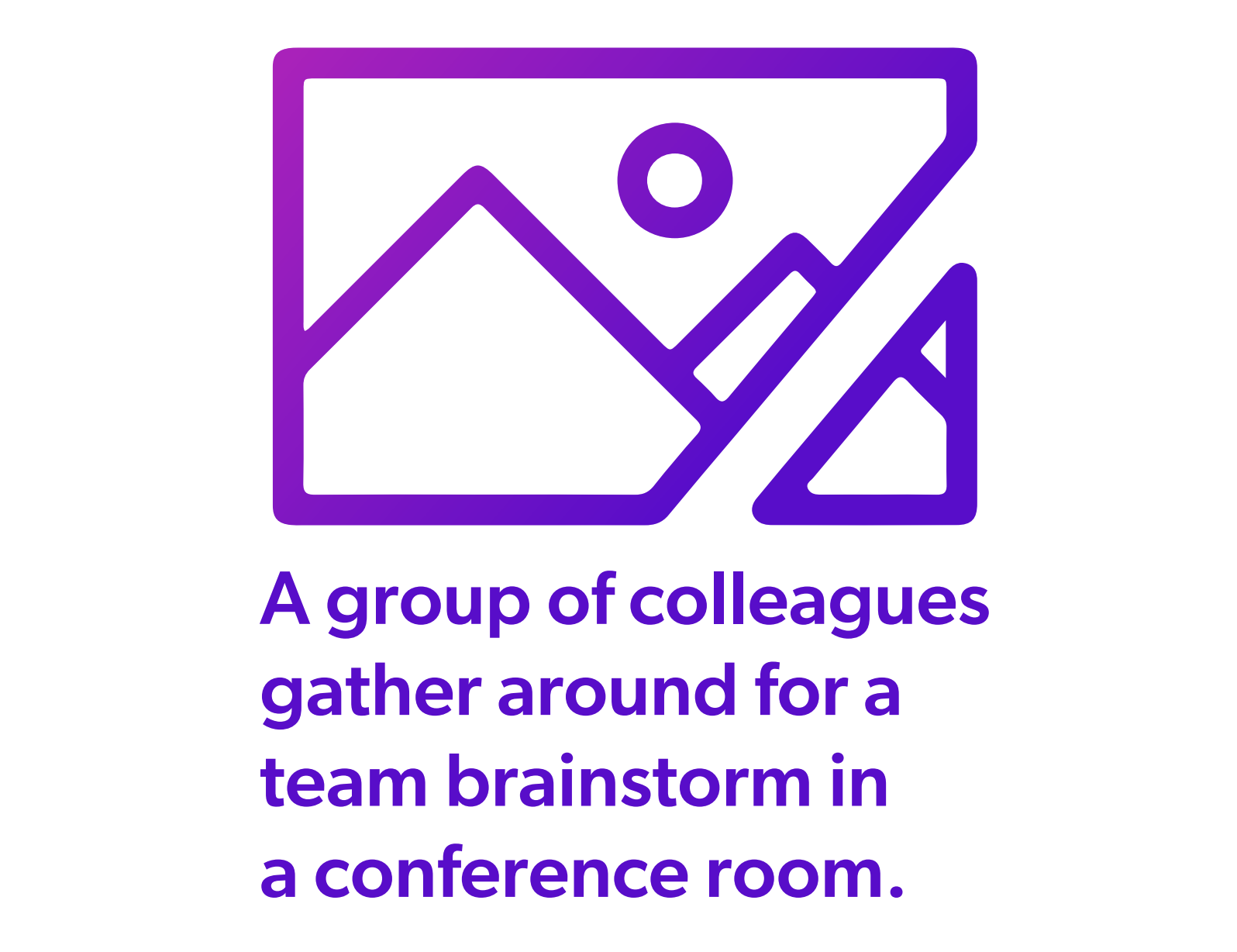
6. Metadata
Metadata consists of descriptive pieces of information that include page titles, descriptions, keywords, and other content that help web crawlers inspect and index your web pages. Meta tags are attributes of HTML elements and help summarize key information in a basic format about your page, making it easier for search engines to determine its relevance to certain search queries.
Meta title tags, for example, appear as the main title of search engine results right before the URL. Meta descriptions are short sentences under the URL. All of this together encompasses a summary of the content the user is about to click on to learn more.
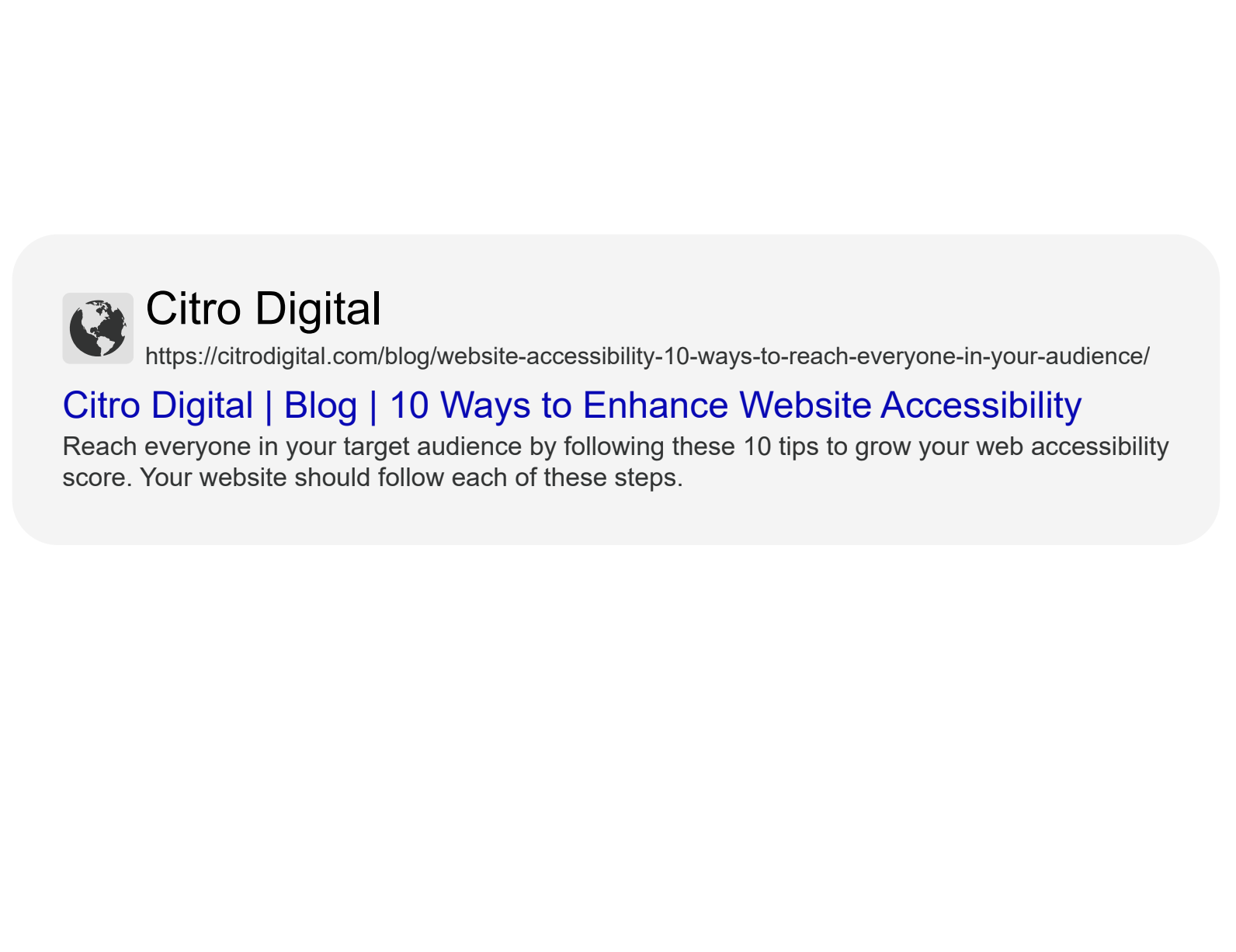
7. Featured Snippets
Optimizing your content for featured snippets on Google can enhance both your reachability on Google and the quality of your content. Think about popular search queries related to your product or services. If you notice a lot of keyword phrases that begin with, “what is,” “how to,” “ways to,” etc., it’s likely your audience is looking for quick snippets and lists to help them resolve their query.
Ways you can utilize this information is by optimizing your current blogs or curating new ones that include important keyword phrases near the top of your posts and numbered lists throughout your blog that Google can use for a featured snippet. Featured lists are condensed for readers, and once they click on the resource, they can view more in-depth information on each point.

8. Check the “Autocomplete” and “People also ask” Functions on Google
Like the featured snippets on Google, you can also utilize Google to your advantage when performing keyword and keyword phrase research. When you type in a phrase or question on Google, you’ll see phrases or questions appear in the search bar before you even finish typing. This is the autocomplete function that Google launches when a user begins typing.
For users, it’s a way to see their search phrase appear without having to type the entire phrase, and it also allows them to view other commonly searched queries. For marketers, you can see what people are searching for and can help use these common questions and phrases through your own keyword utilization.
Let’s not forget about that handy “People also ask” feature on Google. This is another way users can find more information on common search phrases. As a marketer, think of this as free keyword phrase research done for you.
Here’s a tip when utilizing Google Search to help with query research: search engines are smart and can understand longer queries and questions. Nowadays, people type longer, more specific searches, so you want to make sure that if your topic is broad, you’re narrowing your queries to get the best results.

9. Create an Outreach Strategy
While improving your SEO usually means auditing and updating content on your site, one of the most influential pieces to successful SEO that helps build brand authority is guest blogging. Remember, Google looks for four key things when reviewing rankings: experience, expertise, authority, and trustworthiness (E.A.A.T.). Authority is everything on Google, which is why you’ll want to have some form of an outreach strategy if you wish to garner backlinks.
If you want to reach out to influencers or publications for a collaboration or campaign, you’ll need to create an outreach strategy and craft a well-thought-out email and message with some information about you and your business, your mission, and creative ideas. You can begin outreach by interacting with brands or influencers on social media by engaging with their posts, mentioning them in your own posts, and re-sharing their content with feedback.
Generally, and especially if you’re not high up in Google’s rankings and are a smaller start-up, you’ll want to aim for partnerships with tier-two domains. These domains won’t be as hard to get a response from, and their guidelines for guest blogs might not be as strict as those on tier one. Plus, you’ll have better chances of generating quality backlinks that help in your Google ranking than if you were to look at tier-three domains.

10. Optimize for Load Speed
You want to work with your engineers to ensure you’re optimizing your website for faster load times. Google doesn’t want to produce results to users for pages that won’t perform well, so your authority and SERP ranking will be heavily dependent on how fast your website responds.
Here are some steps to consider when optimizing your website for faster performance:
- Choose a reputable hosting platform.
- Compress your image and video files.
- Minify HTML, CSS, and JavaScript files.
- Reduce redirects.
- Cache your web pages.
- Eliminate unnecessary plugins from your website.
We know that a well-optimized website goes a long way with clientele. See how we go the extra mile in our web development process.

11. Don’t neglect social media
Social media is essential for digital marketing. It can’t be neglected. Social media marketing is more than simply promoting your brand on Instagram, Facebook, etc. It’s also a secondary avenue to promote your website and web content.
Optimizing your keywords for social media is another part of a thorough SEO strategy. While keywords on social networking platforms don’t directly impact Google rankings, they help with organic growth and driving people to your site. This is if you are not focused on sponsored or paid content. Organic social media promotion and having a consistent social presence allow for boosted brand recognition and higher brand authority, and it also increases your chances to acquire backlinks and brand searches on Google. Once people find your brand and become intrigued, they’re likely to search for you.

12. Be Mobile-Friendly
Nearly two-thirds of Google searches in the U.S. are done using a mobile phone. Therefore, you need to optimize for mobile. Not only does being mobile-friendly account for better design and web accessibility, but it enhances your SEO strategy. How? Well, Google takes into account how a website looks not just on desktop, but on mobile as well, and it crawls, indexes, and ranks your web pages based on how your site is set up specifically for mobile users.
- The average page load time is around 2.5 seconds on desktop and around eight on mobile.
- Mobile pages that take 10 seconds or longer to load have much more significant bounce rate numbers.
- Over half of Google users will leave a mobile site if it takes more than three seconds to load.
The bottom line: if your site takes forever to load on Google, your images and videos are not responsive, and the most important content is not at the top of the page and causes mobile users to have to scroll for too long, you’re going to see a high bounce rate on mobile that will hurt your site’s authority and credibility.

13. Canonical URLs
A canonical URL is what you want to reference as your primary URL when Google crawls and indexes a web page. For example, if you have a specific service page with one (primary URL) but want to run a campaign with a unique tracking module (UTM) for specific campaign tracking purposes, you may use a different URL, also known as a vanity URL. It will ultimately redirect people to the same page, but you have two different URLs.
The canonical URL slug within your HTML tells Google that the main services page is the source page and the one that is most important and the one you want to be indexed. The reason you use canonical URLs is to avoid Google flagging duplicate pages with alternate URLs that go to the same page on your website. Duplicate content hurts your SEO ranking.
In addition to canonicalization, utilize a robots.txt file, which is a text file used to tell search engines how to crawl your website. It allows you to note what pages on your website you don’t want to be crawled or indexed, such as customer profiles or staging sites.
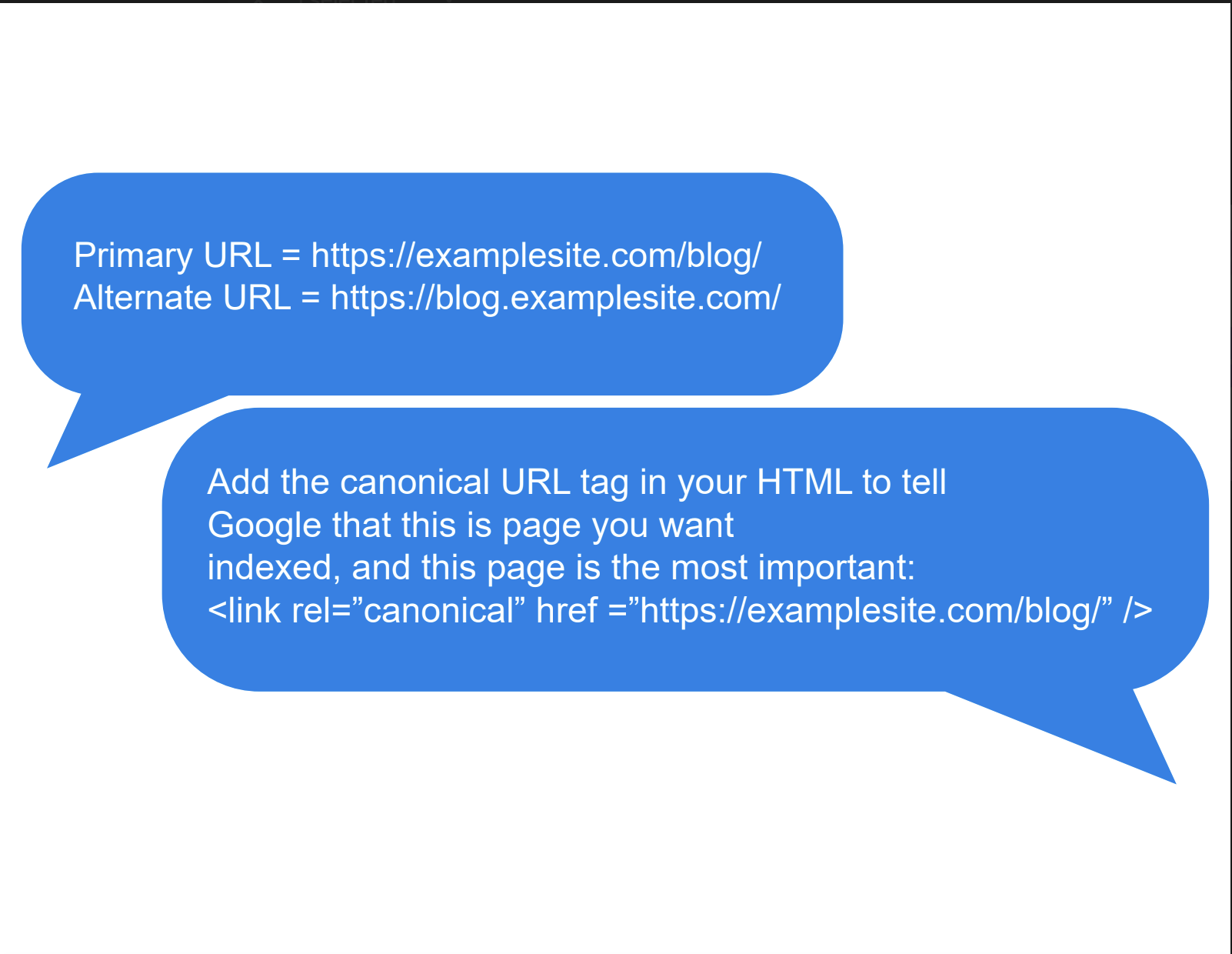
14. Keep a Sitemap
All hail the websites out there that use sitemaps because they are the key to having a fully indexed website. Think of it as the skeleton of your website, or your website architecture, and a blueprint for all of your web content and pages that are connected. A sitemap is pretty much what it sounds like; it’s a map of your site that lays the foundation for search engines to easily crawl through your site and index every page that they can.
A sitemap provides a structure of hierarchy for search engines, essentially telling them what pages are most important. For the purposes of SEO, you’ll want to use an XML sitemap, which is more search-engine friendly. While some sources may say you don’t necessarily need a sitemap depending on the size and amount of pages on your site, you should always ensure you have one. Plus, if you are repurposing or editing content or have recently added new metadata and need Google to re-crawl and index your entire site, you need to submit a sitemap.

15. Repurpose/Update Content
Who says you need to only generate new content to improve SEO and organic search? There are more benefits in repurposing and updating current content on your website than you might think.
If your website hasn’t been active for very long, you might not have as much content to repurpose yet, so you’ll mainly look at creating new content, but once you’ve built up a substantial library, that will open up more opportunities for you to update your resources. Odds are, some of your content or resources are not doing very well SEO-wise.
This is where you’ll want to go in and update it based on the keyword research you’ve done and make sure you’ve included some of those keywords and keyword phrases, especially in your headers and subheaders. In addition, if your blogs for example are mainly in paragraph format, you may want to go in and update them for featured snippets and change the format to a numbered or bulleted list like in this blog.
You can also curate new pieces of collateral to add to your blogs that already live on your site. For example, if you have a blog from a year ago on personal budgeting, and you’ve noticed it’s performed well, you can repurpose some of that content by creating a one-page checklist or infographic on the steps to financial freedom. You can then include a button on that blog page to download the free infographic or create a pop-up form.

16. Pay Close Attention to Your Header Tags
Just like we said how a sitemap helps search engines with hierarchy within your website, optimizing your header tags is also essential to your SEO growth. The title of your page, whether it’s a service page, a pillar page, or a blog post, should include a keyword or keyword phrase that you want to be known for and that gives search engines the ability to easily understand the purpose of the content on that page and rank it based on relevance to certain search queries.
Moreover, your headers and subheaders (H1, H2, H3, etc.) impact your ability to rank for relevance on Google as well. Keeping this in mind can also help you gain a featured snippet spot on Google, especially if one or more headings answer a question to a particular query.

Do You Need an SEO Management Partner?
SEO is fundamental to a successful digital marketing strategy and is an ever-evolving process. Keeping up with it can seem daunting, but with the right tools and team around you, it doesn’t have to be. Strategy is one of the things Citro does best. Leverage our knowledge and watch your business grow organically through a personalized SEO strategy.
Connect with us today to get started!
